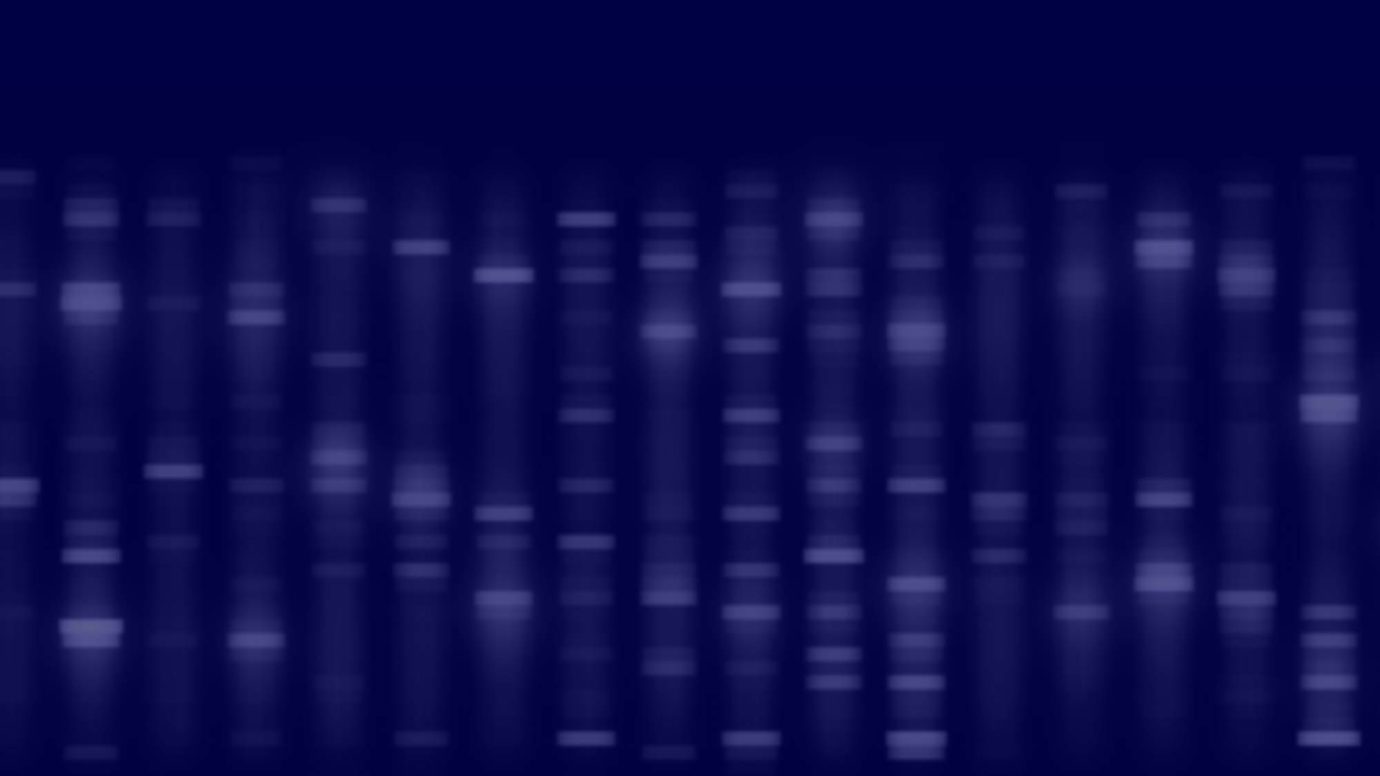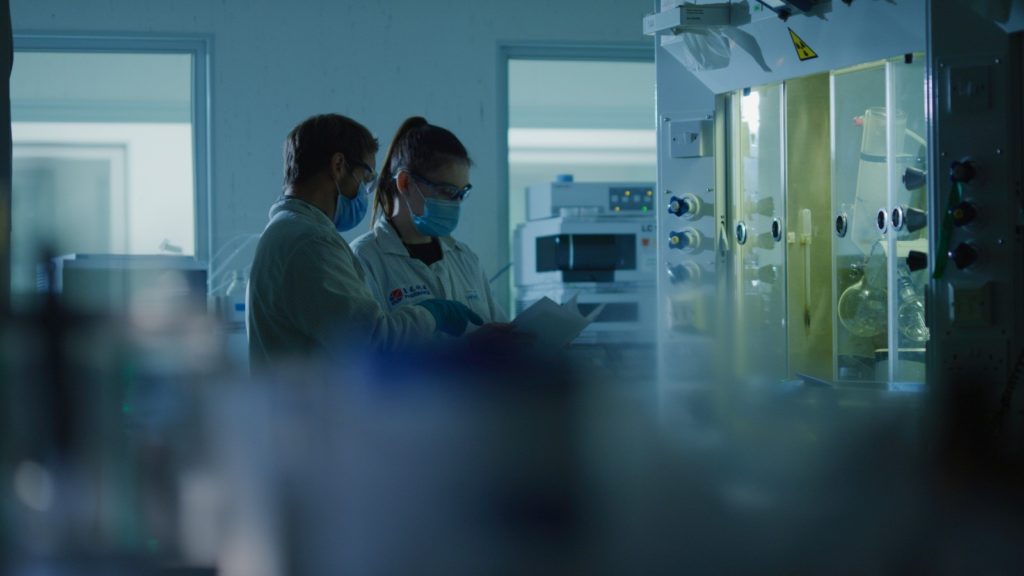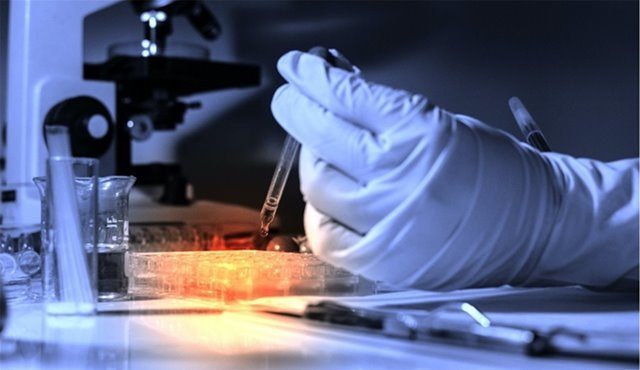Disposition of Radiolabelled Biologics
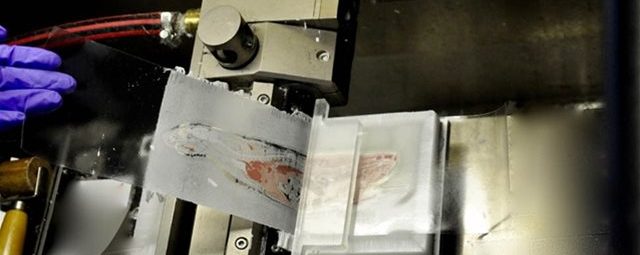
Disposition of Radiolabelled Biologics Services
With many years of experience performing large molecule ADME studies, Pharmaron’s biologics team conducts studies for a diverse range of large molecules, including peptides, proteins, ADCs, fusion proteins, antibodies and oligonucleotides. We can use either 14C or 3H and we also offer a proprietary rapid tritium tagging technique. Once the molecules are radiolabelled, we provide an extensive range of ADME and PK studies to support development of 14C/3H biologics.
Our team offers a wide range of radiolabelling options depending on the nature of the large molecule. Pharmaron is also able to support the disposition of potent biologics with ultrasensitive quantitative AMS analysis of 14C radiolabelled biologics.
Capabilities
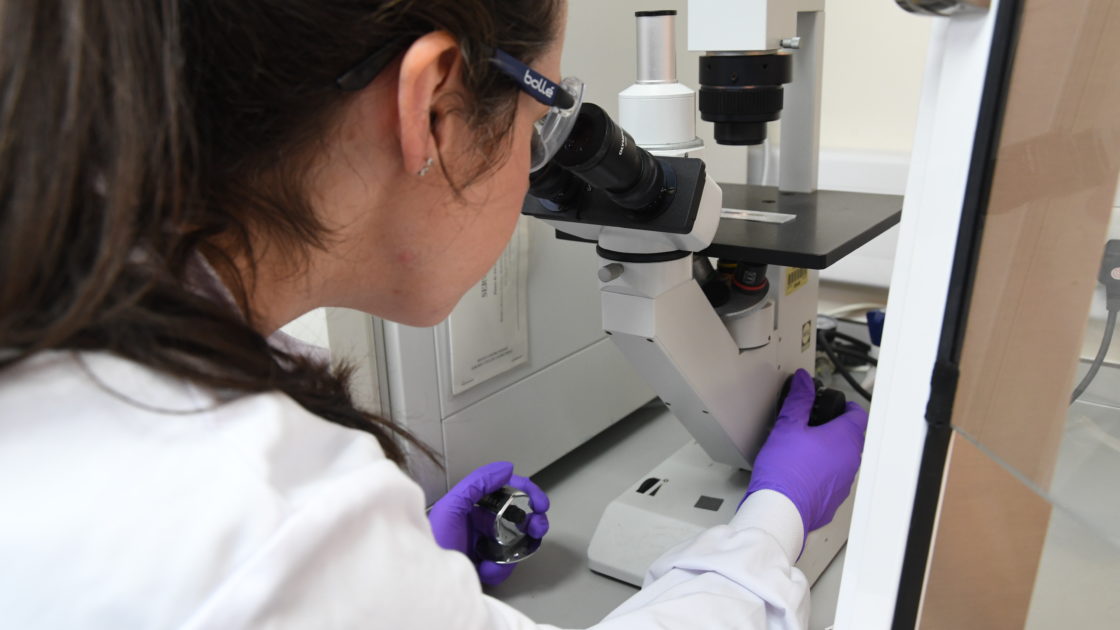
Synthesis of Radiolabelled Biologics
- Radiolabelling of peptides, oligonucleotides, proteins, antibodies & antibody-drug conjugates (ADCs) with 3H or 14C
- Covalent radioisotope tagging with 3H (RadioTag) for macromolecules
- 3H oligonucleotide synthesizer
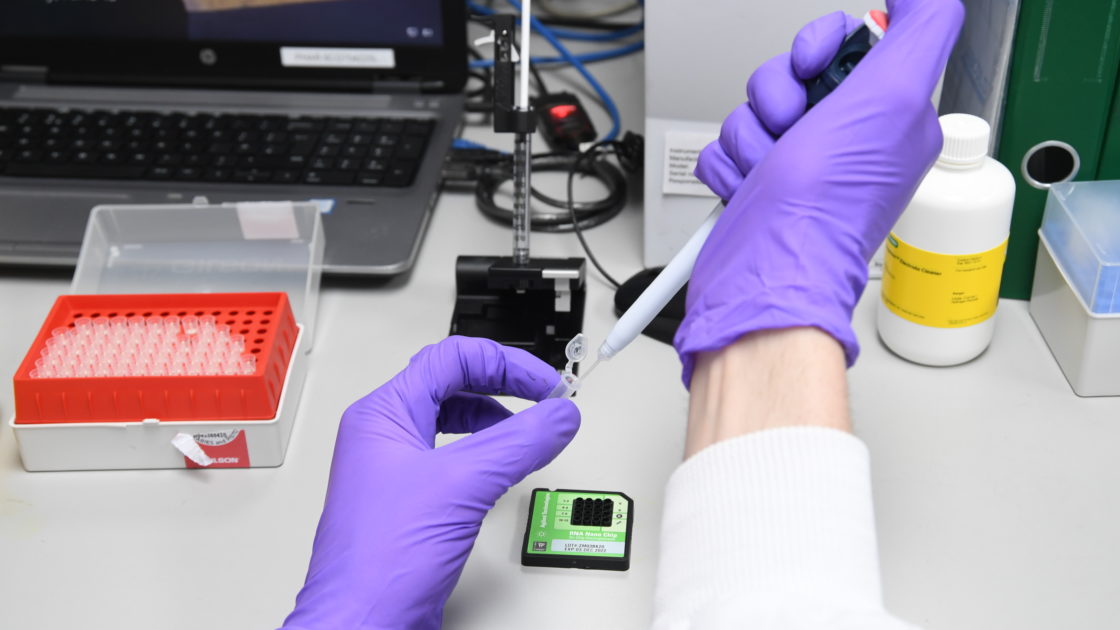
Non-clinical ADME
- In vitro/in vivo metabolism studies with 3H and 14C
- Tissue distribution imaging and quantitation with QWBA and MARG (microautoradiography)
- Disposition of potent biologics with quantitative analysis by AMS and LC-AMS
- Differential tissue distribution with BeaQuant® for dual 3H/14C radiolabelled macromolecules
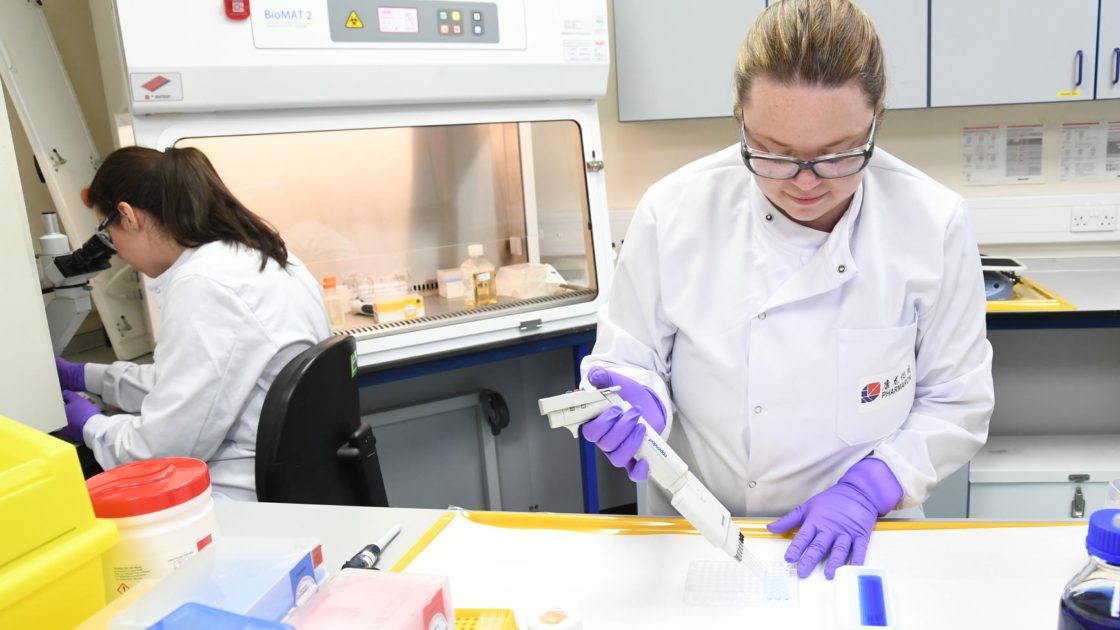
Sample Analysis for Biologics
- GLP sample analysis to support toxicology (TK) and clinical studies (PK)
- Large molecule PK/PD, immunogenicity (ADA), biomarkers, and neutralizing antibody (NAb) assays
- Flow cytometry and immunophenotyping
- Ultra-sensitive analysis of 14C biologics with AMS
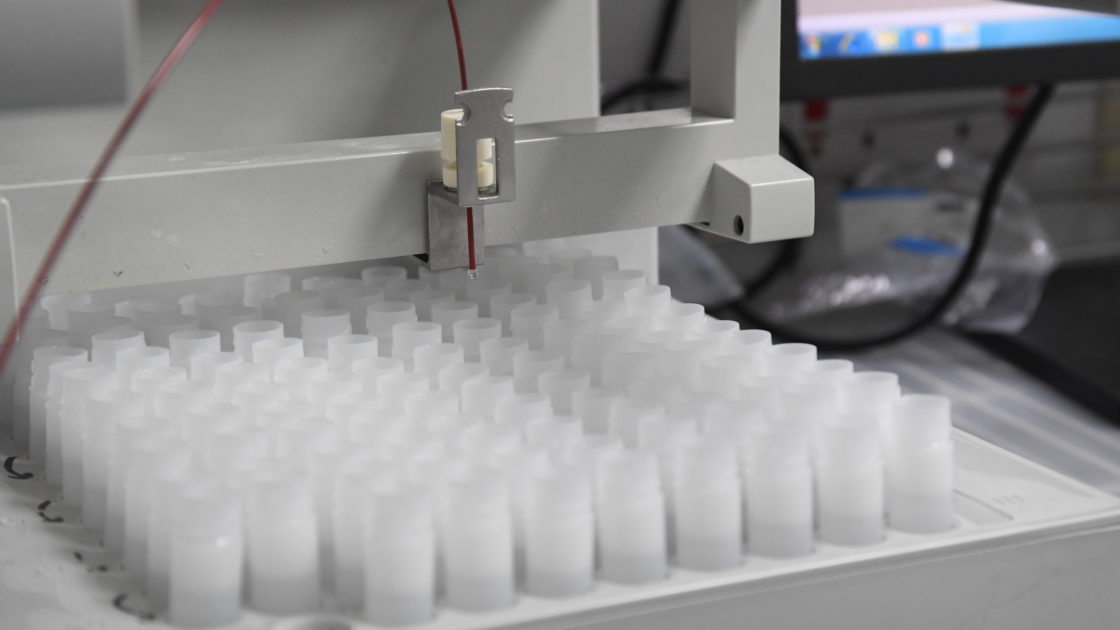
Pharmacology Models with 14C and 3H Compounds
- Disease models for oncology, CNS, pain, metabolic diseases and inflammation
- Rapid RadioTag imaging techniques with 3H to support pharmacology models
